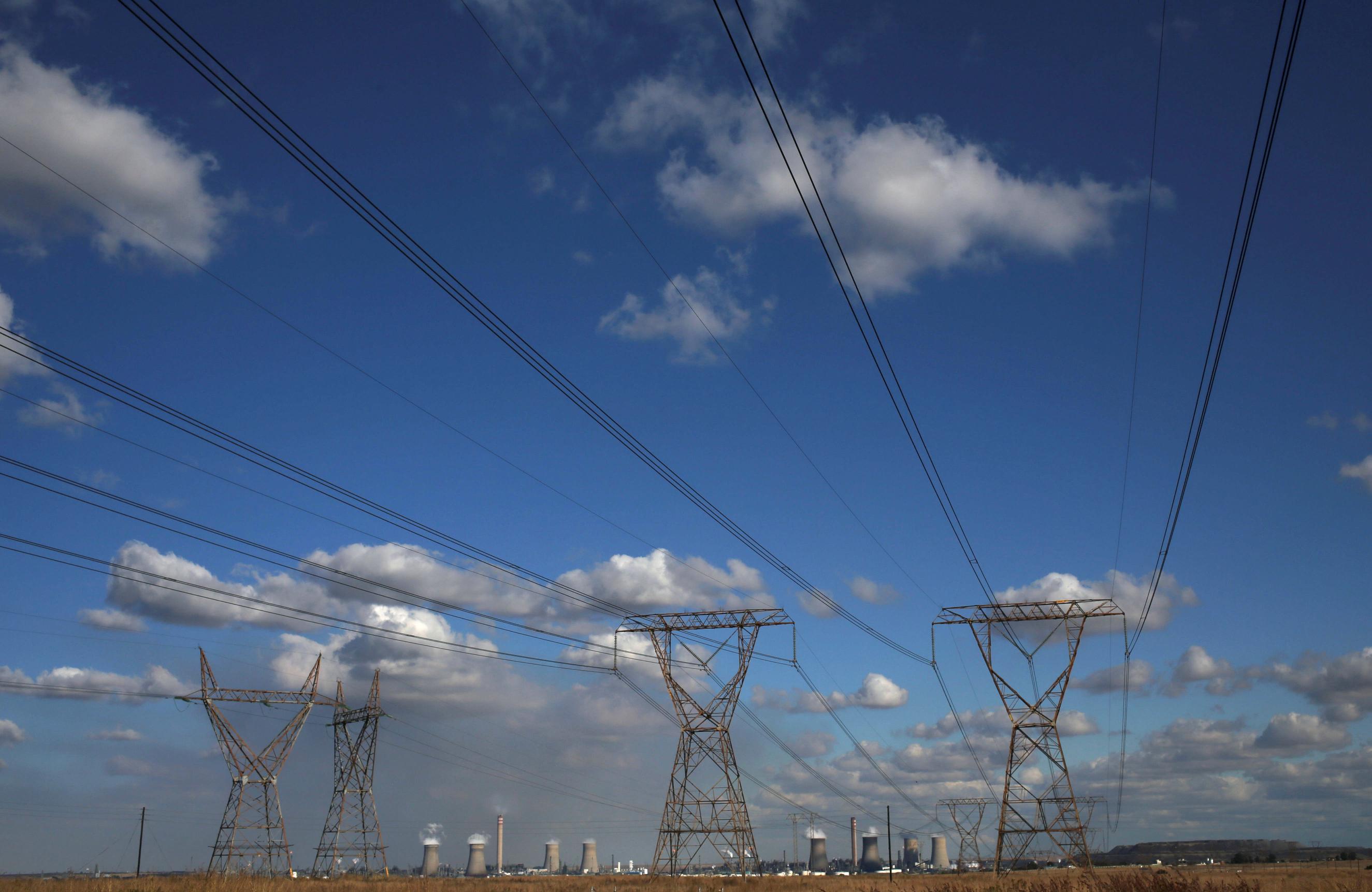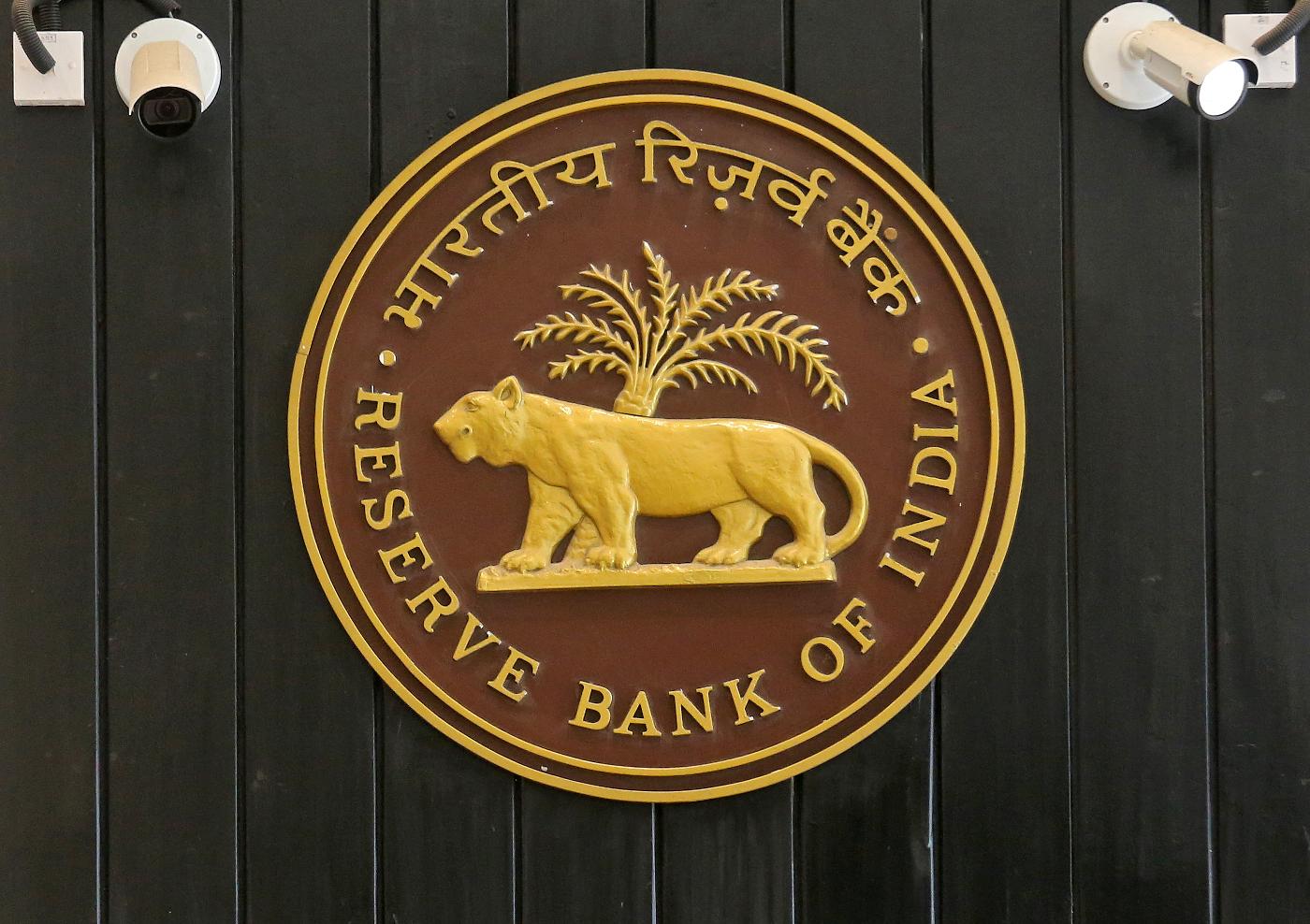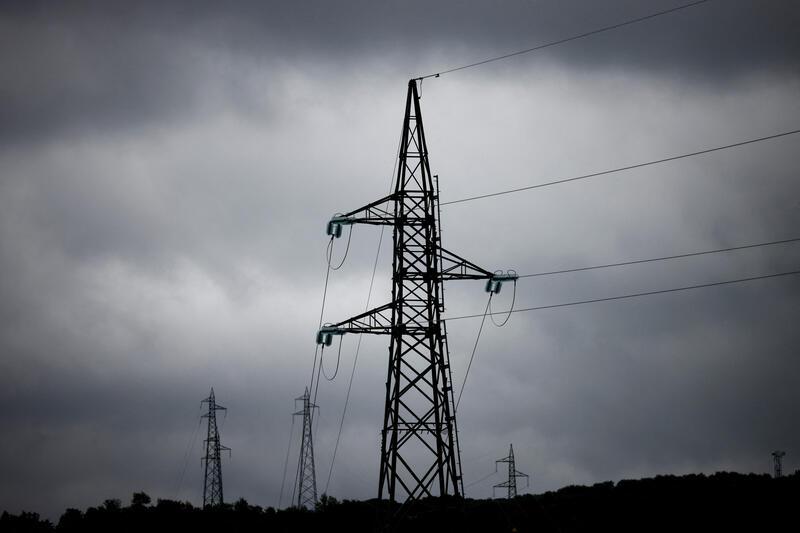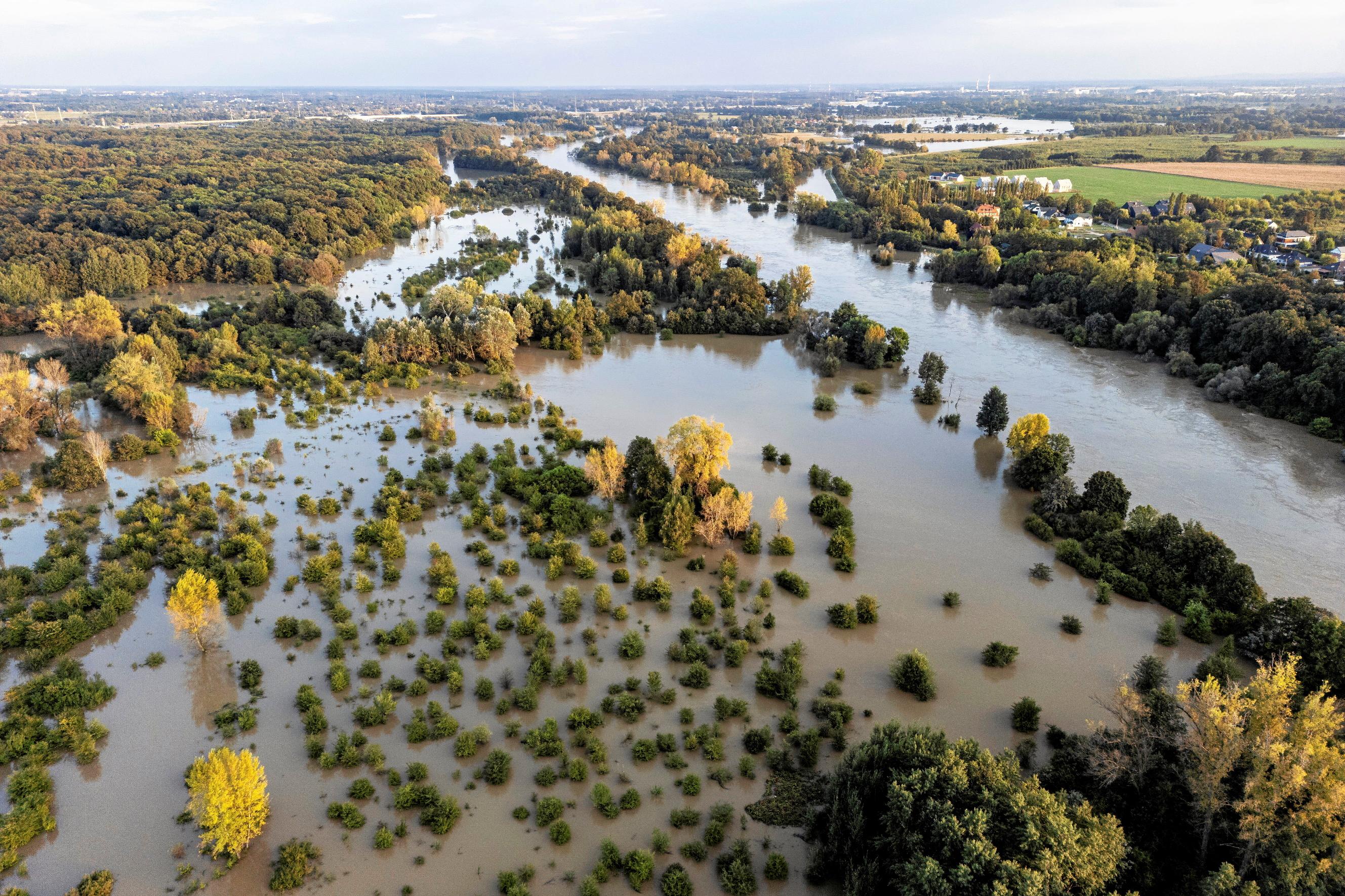
2024-09-20 12:17
By Promit Mukherjee and David Ljunggren OTTAWA, Sept 20 (Reuters) - Bank of Canada Governor Tiff Macklem on Friday said adoption of artificial intelligence (AI) by businesses could add to price pressures in the short term by boosting demand, even though its full effects would not be visible any time soon. Macklem said strong investment in AI technologies was already boosting the economy and noted surging electricity demand as new data centers are built. "In the short run, AI could boost demand more than it adds to supply through faster productivity growth," Macklem said in Toronto at an AI conference. "If that happens, AI adoption may add to inflationary pressures in the near term," he said. With the surge in AI adoption, central bankers, whose primary mandate is to keep stable and low inflation, have been mulling how to use the technology to better predict changes in consumer prices and employment. Macklem said central bankers needed to better understand how AI would affect workers, consumers, the economy and inflation. When combined with a more shock-prone world, the effects of AI suggest inflation could be more volatile than it was in the 25 years before the pandemic, he said. The Bank for International Settlements (BIS), which works with central banks across the world, said in June that central banks should embrace AI's benefits but should not allow it to replace humans when it comes to setting interest rates. Macklem said there was no evidence labor was being displaced by AI at rates that would lead to declines in total employment, he said, but cautioned that its wide-ranging effects were tough to predict. Macklem said the BoC was already using AI to forecast inflation, track economic sentiment, verify data and improve efficiency, but it is in early stages of adoption. "When you enter a dark room, you don't go charging in. You cautiously feel your way around," Macklem said on how the BoC was seeking better information on how the technology worked its way through the economy. Canada last year launched a Voluntary Code of Conduct on the responsible development and management of advanced Generative AI Systems, which highlights measures that companies should apply when they are developing and managing generative artificial intelligence systems. The Bank of Canada, Governor Tiff Macklem said on Friday. Keywords: CANADA CENBANK/ Sign up here. https://www.reuters.com/markets/bank-canada-ai-could-boost-inflationary-pressures-short-term-2024-09-20/

2024-09-20 12:11
JOHANNESBURG, Sept 20 (Reuters) - South African petrochemicals company Sasol (SOLJ.J) , opens new tab and state power utility Eskom said on Friday they had agreed to jointly explore ways the country could use liquefied natural gas (LNG). As the country's two biggest users of coal, Sasol and Eskom are major polluters and so are central to the country's efforts to transition to cleaner energy sources. Eskom is hoping to build on a recent improvement in its plant performance, after years of imposing power cuts. "The collaboration aims to determine the potential volumes that South Africa requires to establish a viable LNG import market along with the enabling infrastructure, and will be facilitated by government-to-government relations where necessary," the two companies said in a statement. "This initiative focuses on using gas for power generation to provide essential base load electricity and position gas as a key enabler of re-industrialisation," they added. Asked at a news conference which governments South Africa could approach to source LNG, Electricity and Energy Minister Kgosientsho Ramokgopa said Qatar was near the top of the list. "Qatar is top of the food chain because of the historic relations that Sasol enjoys with Qatar, and also the amount of reserves that they have," Ramokgopa said. Sasol and Eskom did not give a specific timeframe or potential joint projects on Friday. Sign up here. https://www.reuters.com/business/energy/south-africas-eskom-sasol-agree-explore-lng-options-2024-09-20/

2024-09-20 12:05
MUMBAI, Sept 20 (Reuters) - India's foreign exchange reserves (INFXR=ECI) , opens new tab extended their winning run for a fifth straight week to hit a record high of $689.46 billion as of Sept. 13, data from the central bank showed on Friday. The reserves rose by $220 million in the reporting week, after having risen by a total of $19.1 billion in the prior four weeks. Changes in foreign currency assets are caused by the Reserve Bank of India's intervention as well as the appreciation or depreciation of foreign assets held in the reserves. The RBI intervenes on both sides of the foreign exchange market to prevent undue volatility in the rupee. Foreign exchange reserves also include India's reserve tranche position in the International Monetary Fund. In the week ending Sept. 13, the rupee strengthened nearly 0.1% week-on-week, its best weekly performance since the week ended June 25. The domestic currency settled at 83.5625 on Friday, and gained nearly 0.4% week-on-week, its strongest weekly rise this year. FOREIGN EXCHANGE RESERVES (in million U.S. dollars) --------------------------------------------------------- Sept 13 Sept 06 2024 2024 --------------------------------------------------------- Foreign currency assets 603,629 604,144 Gold 62,887 61,988 SDRs 18,419 18,472 Reserve Tranche Position 4,523 4,631 ---------------------------------------------------------- Total 689,458 689,235 ---------------------------------------------------------- Source text: (https://www.rbi.org.in/scripts/BS_PressReleaseDisplay.aspx , opens new tab) Sign up here. https://www.reuters.com/world/india/indias-fx-reserves-rise-5th-week-close-700-bln-2024-09-20/

2024-09-20 12:00
LITTLETON, Colorado, Sept 20 (Reuters) - Electricity prices in Italy are the highest among major European economies, due to an enduring reliance on fossil fuels for power generation despite growth in renewable energy output. Italy's wholesale electricity prices have averaged around 100 euros per megawatt hour (MWh) so far in 2024, according to energy think tank Ember. That compares to 69 euros in Germany and 50 euros in Spain, and means that Italy's households and businesses pay far larger energy bills than most of their peers across Europe. FOSSIL FIX High dependence on fossil fuels for electricity generation is the main driver behind Italy's high power costs. In 2023, 55% of Italy's electricity came from fossil fuels, Ember data shows. That compared to 45% in Germany, 39% in the United Kingdom, 25% in Spain and 41% for Europe as a whole. So far in 2024, Italy's power firms have managed to lift clean power generation to a new record, and have cut the share of fossil fuels in electricity generation below 50% for the first time, to 47%. However, that fossil generation share still exceeds that of rival economies, with Europe as a whole recording a 37% average fossil share this year and Germany a 40% share. HIGH AND RISING Italy's fossil fuel generation share is expected to increase over the remainder of the year as clean power generation declines. The lift in Italy's clean power output so far in 2024 has been mainly fuelled by a 45% rise in output from hydro dams and a 18% rise in solar generation. Along with a 2% rise in wind output, the higher hydro and solar production helped lift total clean electricity generation by 20% from January through August from the same months in 2023. In total, Italy's clean electricity generation hit a record 88 terawatt hours (TWh) during the January to August period, compared to 73.4 TWh during the same months in 2023. However, both hydro and solar generation peak during summer in Italy, and then trend steadily lower over the remainder of the year as snow melt levels drop off and reduced daylight cuts into solar output. That means that total clean power generation will also decline, and will likely spur a revival in fossil fuel-fired output as we head into winter and the country's main heating season. GAS PRICE PRESSURE Italy's power firms mainly rely on natural gas for power generation, with around 45% of electricity generation coming from gas-fired plants in 2023. In contrast, Germany's power producers only relied on natural gas to generate around 15% of electricity last year, while the average for Europe as a whole was 24%. What's more, more than 95% of Italy's gas comes from imports due to steadily declining domestic gas production. Such a high reliance on imported gas means that Italy's power firms have been at the mercy of international gas markets for the lion's share of their power generation fuels. In addition, Italy's government has opted to replace gas supplies from Russia - which was sanctioned by European Union member states following its invasion of Ukraine in 2022 - with purchases from other suppliers. This switch-out of gas from Russia - which was formerly Italy's single largest gas supplier - with gas from other suppliers has strained gas market flows across Europe, and lifted overall gas prices. In addition, Italy has plugged a growing share of its gas supply gap with imports of liquefied natural gas (LNG), which is considerably more expensive than gas supplied via pipeline. PASSED ON COSTS Much of the higher costs of gas imports have been passed on to Italy's consumers in the form of the higher wholesale electricity costs. Italy's government has tried to soften the blow of higher energy prices by lowering sales taxes and providing subsidies for the build-out of renewable energy generation capacity. But with utilities on the hook for aggressive increases in renewable energy capacity as part of a new energy security decree passed last year, households have borne the brunt of the impact from the higher cost of energy imports. And with power providers set to face steep capital costs as they construct new clean energy production assets, utilities are not in any position to cut prices for households any time soon. That means that Italy's energy consumers look set to keep paying among the highest rates in Europe for their power and electricity for the foreseeable future. Sign up here. https://www.reuters.com/business/energy/italy-power-costs-stay-sky-high-despite-clean-energy-push-2024-09-20/

2024-09-20 11:56
OSLO, Sept 20 (Reuters) - Norwegian gas infrastructure operator Gassco has restarted the Kaarstoe processing plant, a key hub for gas supplies to Germany, and is ramping up output following three weeks of maintenance, the company said on Friday. "Kaarstoe is in the start-up phase after a complex and extensive maintenance shutdown," a Gassco spokesperson said in an emailed statement. Several fields, pipelines, hubs and receiving terminals connected to Kaarstoe also underwent maintenance during the same period and any unforeseen delays to works there may affect the processing plant's ramp-up speed, the spokesperson added. The maintenance and repair of Norwegian gas infrastructure, which includes offshore platforms, subsea pipelines and onshore terminals, is closely watched by the market and unplanned outages can have a particularly strong impact on prices. The Kaarstoe plant, which can export 97.6 million cubic metres (mcm) per day when operating at full capacity, has been offline for annual maintenance since Aug. 30 and was scheduled to gradually come back on stream from Friday. Following Russia's invasion of Ukraine in 2022 and reduced shipments of Russian energy, Norway has become Europe's largest gas supplier. The restart of deliveries via Kaarstoe comes just ahead of the official winter heating season in the European gas market, which starts on Oct. 1 and typically sees the highest demand of the year. Sign up here. https://www.reuters.com/business/energy/norways-gassco-restarts-key-gas-export-plant-after-maintenance-2024-09-20/

2024-09-20 11:55
Worst floods in at least two decades sweep through region Damage seen at around $10 bln in Czech Republic and Poland Czech budget deficit to exceed target due to flood damage Poland, Romania and Hungary face prolonged shortfalls PRAGUE/WARSAW, Sept 20 (Reuters) - Just a week ago, before deadly floods swept through central Europe, the Czech Republic looked on track to become the first country in the region since COVID-19 to pull its budget deficit firmly below the 3% of GDP cap set by European Union rules. Now that small victory for public finances hangs in the balance as the Czech Republic and Poland, which have borne the brunt of the deluge, count the cost of the worst floods to hit the region in at least two decades. Based on estimates from local officials, the damage to infrastructure could reach a combined $10 billion in these two countries alone. Poland's finance minister said the $5.6 billion allotted from EU funds would cover some, but not all of the costs to recover from the floods. Economic losses linked to extreme weather are adding to strains on state finances in a region still squeezed by the aftermath of the COVID-19 pandemic and the inflation surge following Russia's 2022 invasion of neighbouring Ukraine. Since the pandemic when EU member states set aside the bloc's stipulation that they keep annual deficits to 3% of gross domestic product, budget shortfalls in the region ballooned to as much as 9% of GDP in Romania and 7% in Poland and Hungary. Inflation and elections in Poland, Hungary and Romania – with the inevitable promises of largesse - further hampered deficit cuts. Higher military investment, inflation-linked spending on pensions and increased debt servicing costs are also stretching budgets. On Thursday, the Czech finance ministry said it would allocate 30 billion crowns ($1.3 billion), or 0.4% of GDP, for flood damage in a 2024 budget amendment, 25% above an initial estimate by ING economist David Havrlant early this week. This could push the Czech deficit close to the 3% set under EU rules, up from an original 2.5% target, with next year's deficit now also projected above earlier plans. Steffen Dyck, Senior Vice President at Moody's Ratings, said that although the region appeared better prepared than in the past to manage flooding, it was having to deal with incidents and their economic impact more regularly. "There might still be an impact on government spending, depending on the ultimate damage, and some countries, like the Czech Republic and Poland, have already announced immediate emergency fiscal support," Dyck said. The unexpected pressure on Czech finances highlights the scale of the challenge facing the rest of the EU's eastern member countries still grappling with larger deficits ranging from nearly 7% in Romania to more than 5% in Poland and Hungary. LONG-TERM VIEW A Reuters analysis of draft budgets and government announcements on fiscal plans shows Poland and Hungary could take most of this decade to reduce shortfalls to below 3% while Romania may not achieve this until the 2030s. For Poland, the region's largest economy, Moody's predicts general government debt could rise to 60% of GDP by 2027 due to increased borrowing, which will lift debt-related expenditure. Moody's expects the Polish budget deficit to exceed 5% of GDP in 2025, followed by "very gradual consolidation" towards a 3% shortfall over the next four to five years. Saddled with the cost of flood repairs, Poland will now push for some more EU leeway in shoring up its state finances. Fitch Ratings said spending pressures in Poland were "greater than anticipated" after Warsaw unveiled its 2025 budget draft, though a solid revenue base provided support. The floods hit a region already reeling from a weak German economy, the destination for 20-30% of central European exports, with possible long-term ramifications for state finances. "CEE growth prospects could suffer if Germany's economic weakness proves structural and protracted," Karen Vartapetov, Director and Lead Analyst for CEE and CIS Sovereign Ratings at S&P Global said. "Weaker medium-term growth in turn could pressure CEE public finances at a time when government funding costs remain high." Debt servicing costs surged to 4.7% of GDP in Hungary and 2% in Poland and Romania last year, with only the Czech Republic's 1.3% of GDP interest bill running below the EU average -- but still nearly twice the 0.7% level seen before COVID-19. Romania has yet to unveil a 2025 budget, with Bucharest considering a seven-year timeframe to rein in its deficit from the EU's highest levels, which some economists say could reach up to 8% of GDP this year due to a costly pension reform. Hungary, whose budget deficit has averaged nearly 7% of GDP since the pandemic, has pledged to lower it to 4.5% of GDP this year, though Moody's expects it to be a full percentage point higher even after recent attempts to curb the gap. ($1 = 22.5380 Czech crowns) ($1 = 3.8235 zlotys) ($1 = 0.8949 euros) Sign up here. https://www.reuters.com/markets/europe/extreme-weather-adds-fiscal-strains-central-europe-2024-09-20/
